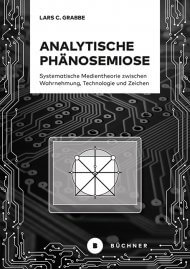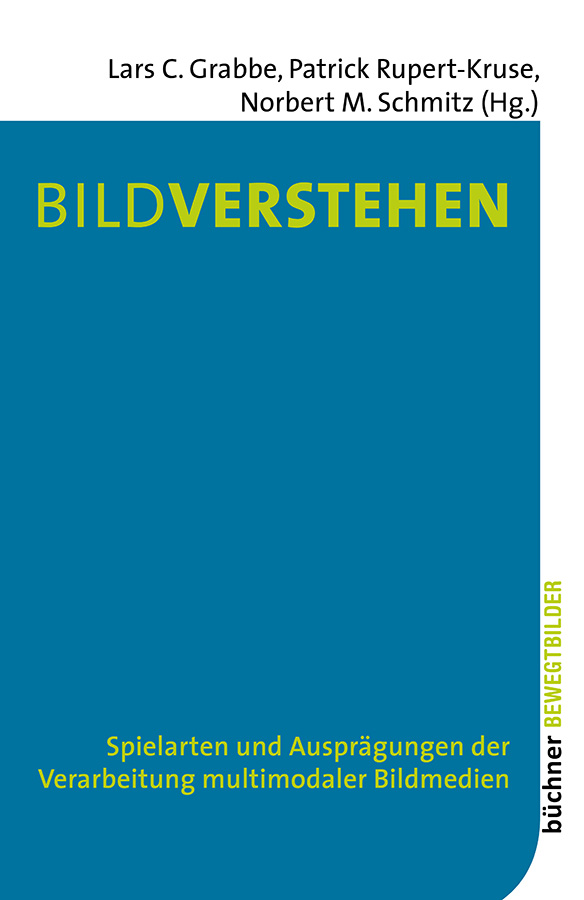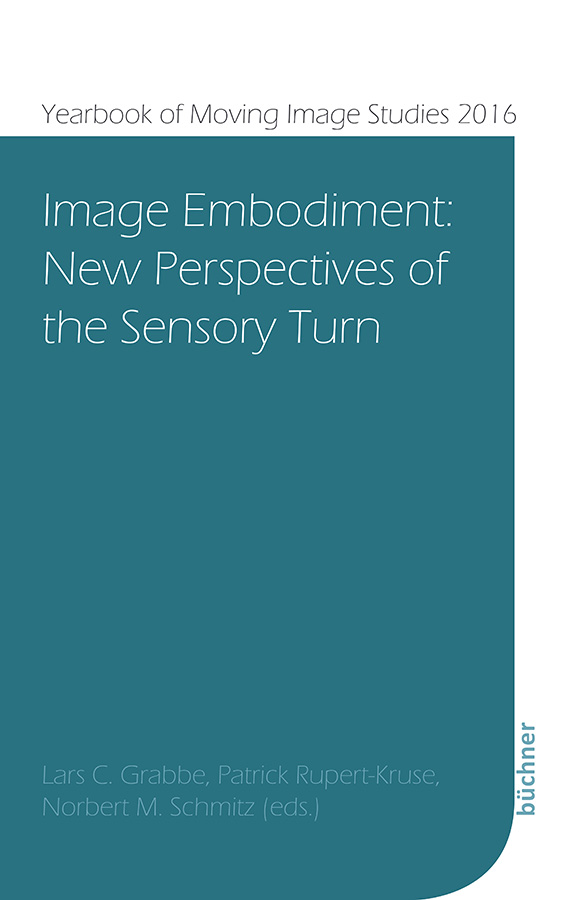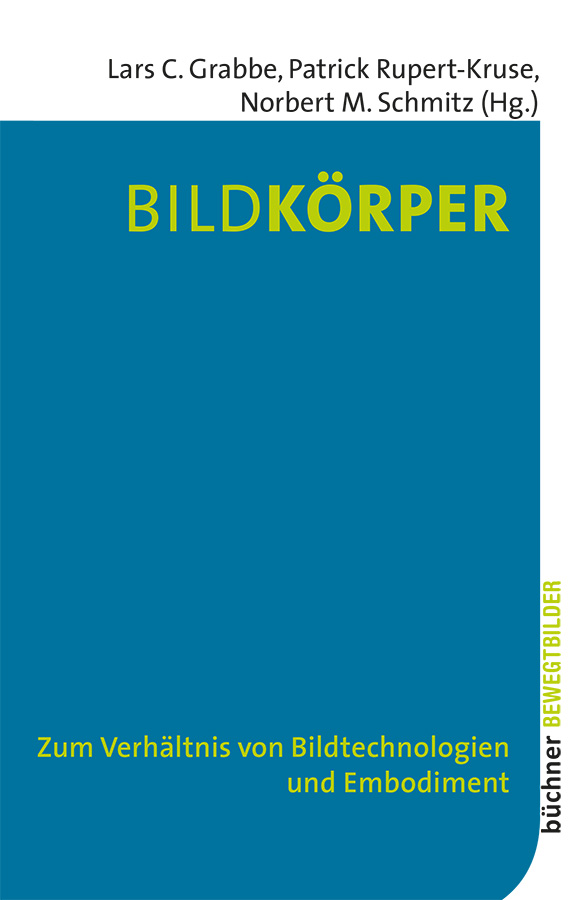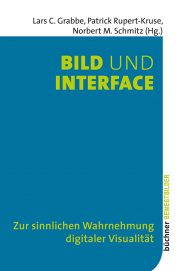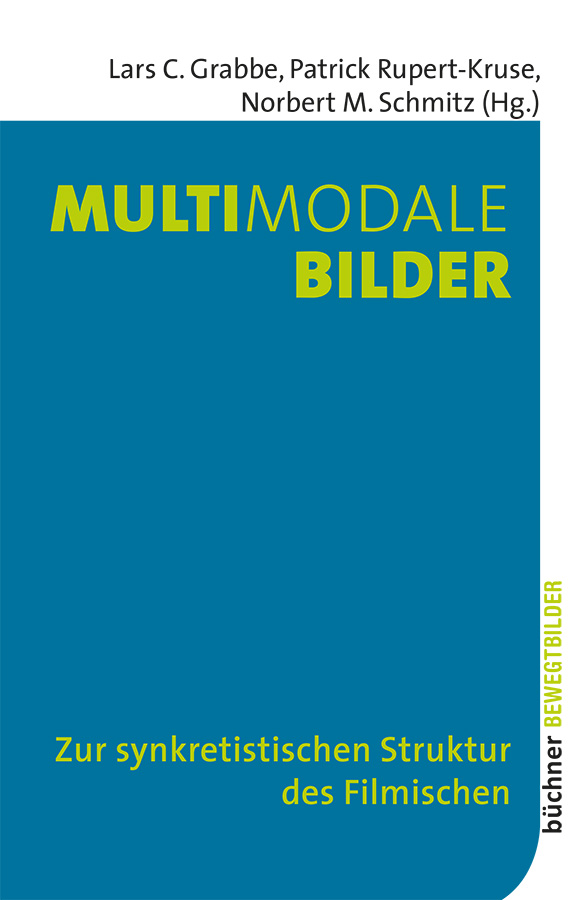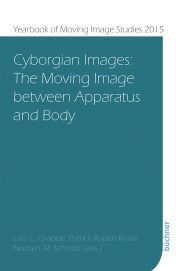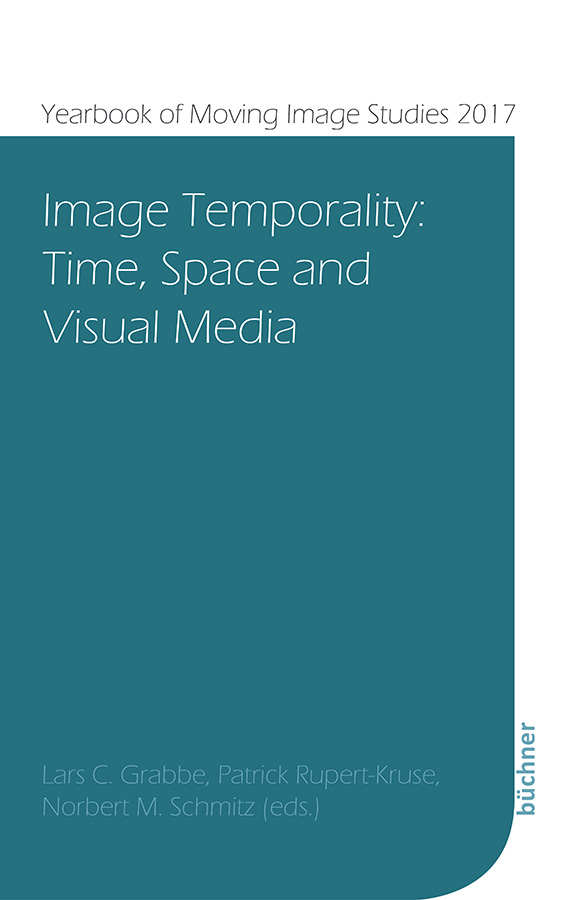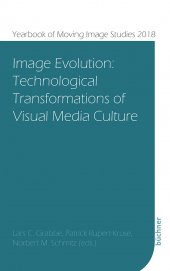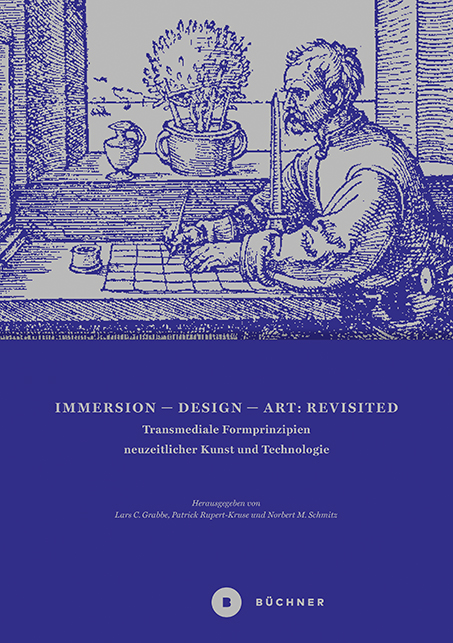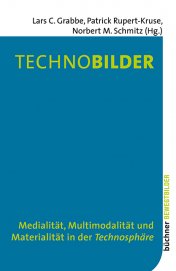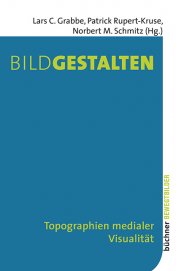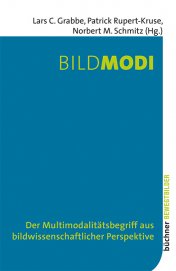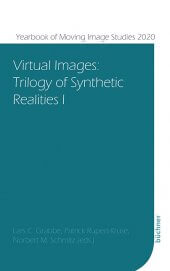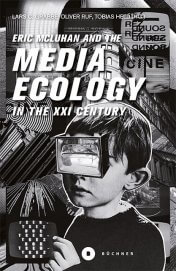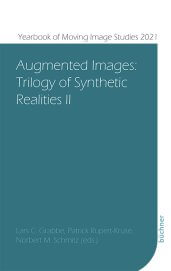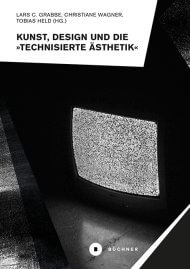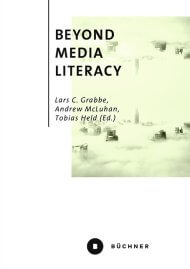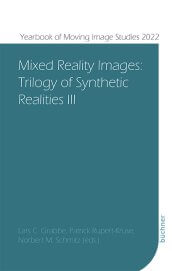Lars C. Grabbe
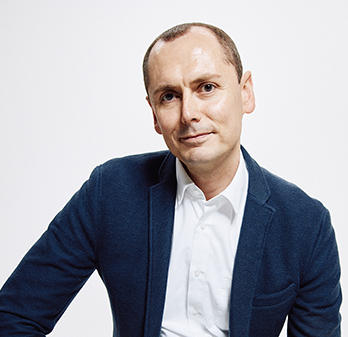
Prof. Dr. Lars C. Grabbe studierte Philosophie, Soziologie und Neue Deutsche Literaturwissenschaft und Medienwissenschaften an der Christian-Albrechts-Universität zu Kiel. 2011 promovierte er an der Technischen Universität Chemnitz zu Georg Simmels Objektwelt. Verstehensmodelle zwischen Geschichtsphilosophie und Ästhetik. Ab 2010 war er Lehrbeauftragter für »Theorie und Geschichte symbolischer Formen« am Institut für Kunst-, Design- und Medienwissenschaften der Muthesius-Kunsthochschule in Kiel. 2014 wechselte er zudem an den Fachbereich Design der Fachhochschule Münster als Dozent für Medientheorie und Kommunikation. Dort ist er seit Juni 2017 Professor für Theorie der Wahrnehmung, Kommunikation und Medien. Forschungsschwerpunkte: Phänosemiose, Medientheorie und -philosophie, Bildwissenschaft, Wahrnehmungstheorie, Kommunikationstheorie, Ästhetik, Filmwissenschaft.
Lars C. Grabbe (Germany), Dr. phil., Professor of Theory of Perception, Communication and Media and Dean at the MSD – Münster School of Design in Münster at the University of Applied Scienes Münster. He is managing editor of the Yearbook of Moving Image Studies (YoMIS), the book series Bewegtbilder and Welt|Gestalten of Büchner-Verlag (Marburg, Germany) and editor of Designforschung – Designwissenschaft – Designtheorie of Springer VS (Wiesbaden, Germany), founder member of the Image Science Colloquium at the Christian-Albrechts-University in Kiel (Germany) as well as the Research Group Moving Image Science Kiel|Münster (Germany), and scientific advisor and board member of the Society for Interdisciplinary Image Science (Gesellschaft für interdisziplinäre Bildwissenschaft e.V.). Member of the German Society for Media Studies, the Platform for Immersive Media, the International Society for Intermedial Studies, and the German Society for Semiotics (DGS). Research focus: phenosemiotics, media theory and media philosophy, image science, perception studies and psychology of perception, communication theory, aesthetics, semiotics, film studies and history of media as well as theory of embodiment and cognition.
Bildnachweis Foto: Martin Rupik


